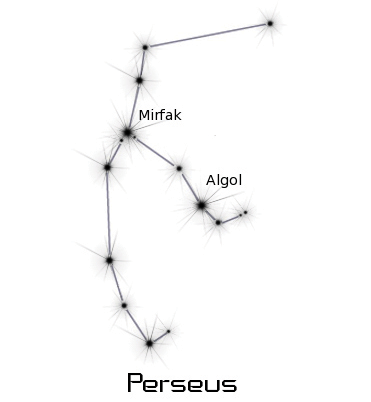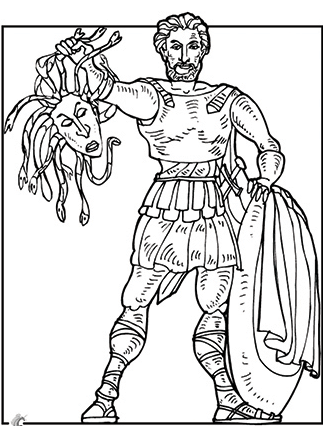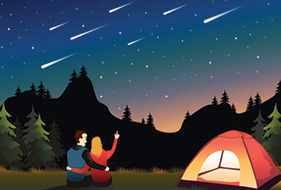The Perseids Meteor Shower will peak on the night of Aug 11 (approximately 11p.m.) until about an hour before dawn on August 12.
The meteor shower is called Perseids since the radiant (the area of the sky where the meteors seem to originate) is located near the constellation of Perseus, when they are at their maximum activity.
This strong shower is produced by Comet 109P/Swift Turtle. Swift-Tuttle is a ball of dust, ice, rock and dark organic material. It was discovered in July 1862 independently by both Lewis Swift and Horace Parnell Tuttle.
The best way to view the event is as far from city lights as possible, resulting in dark clear skies. On this night, the moon will be 13% full. This is good news. It will be a crescent moon so there will be minimum moonlight interfering with the dark sky. There will be an average of 50 meteors per hour at the peak of the shower.
Meteoroids are the smaller particles of rock that come from asteroids (largest rocks). When the meteoroids enter the Earth’s atmosphere, they heat up causing the air around them to glow and then vaporize. When they vaporize, they are called a meteor, also known as a shooting star. (Get those wishes ready!).
If weather does not cooperate with your viewing, a live broadcast of the meteor shower from a camera at NASA’s Marshall Space Flight Center in Huntsville, Alabama will be available (if their weather permits). You can watch it on the NASA Meteor Watch Facebook page starting around 9 p.m. on August 11 until sunrise on August 12.
If your personal camera will allow and you are curious as to how to photograph a meteor shower, this link (and many others online) can help you-Good Luck!
https://solarsystem.nasa.gov/news/510/how-to-photograph-a-meteor-shower/

The constellation of Perseus is named for a hero from Greek Mythology. He was known for his quick thinking in defeating Gorgon Medusa by decapitating her. Medusa was a beautiful, winged female creature with a head of hair consisting of snakes, turning all those that looked at her face into stone. Perseus also rescued Andromeda from the sea monster and later married her, making her his queen.

You can also mark your calendars for another strong meteor shower called the Geminids Meteor Shower. It will peak the night of December 13 until dawn of December 14. Unfortunately, the moon will be full, making dark sky conditions hard to find, but not impossible to view this event. This meteor shower is named for a radiant in the constellation of Gemini.
Enjoy the light show!
